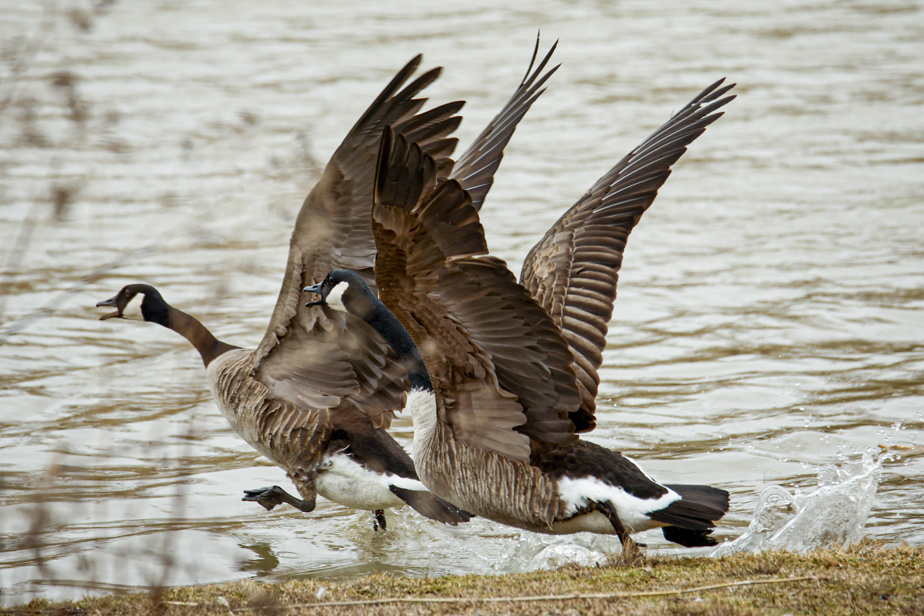(Montreal) Environment Canada is asking the public to report the carcasses of dead birds they discover to the authorities so that they can monitor the progress of the avian flu, which wreaked havoc last year. However, the situation is almost back to normal this year, according to a biologist.
Avian flu is a disease that occurs naturally in birds, explains Matthieu Beaumont, wildlife biologist for regional operations of the Canadian Wildlife Service, for the Quebec region.
“There was an episode of avian flu last year which is said to be highly pathogenic. It is a new strain that came from Europe, which arrived in Quebec and then in Canada during the migrations of spring 2022. There were episodes of mortality, ”explains Mr. Beaumont.
Outbreaks that caused numerous bird deaths were reported in the Bas-Saint-Laurent region in May and June 2022, among common eiders. The northern gannet species in the Gulf of St. Lawrence also experienced outbreaks.

PHOTO MARTIN CHAMBERLAND, ARCHIVES LA PRESSE
Gannets
“There were slightly smaller episodes, especially during fall migration in southern Quebec. In the corner of Saint-Jean-sur-Richelieu, there were snow geese that were found dead in November,” adds Mr. Beaumont.
However, in 2023, “the situation is almost normal compared to last year when there were still quite significant mortality episodes among wild birds,” he said.
The public is still encouraged to report any dead birds they find to their province’s reporting line, listed on Environment Canada’s website. This information allows specialists to monitor mortalities linked to avian flu, in particular.
Species to report are waterfowl, such as ducks, Canada geese and herons, as well as scavengers, including vultures and bald eagles.
Is it dangerous for humans?
Cases of avian flu transmission in humans are “very rare”, reassures Matthieu Beaumont. In any case, it is not recommended to touch a bird carcass, he recalls.
The few cases of avian influenza in humans affect “often among workers who are called upon to work during an outbreak in agricultural installations”, indicates Mr. Beaumont.
This disease can also be transmitted to pets, although few cases have been reported. You should therefore not let your dog, for example, approach a dead bird.
“In mammals, there have been cases listed especially in foxes, scavengers”, specifies the biologist.
This dispatch was produced with financial assistance from the Meta Exchange and The Canadian Press for News.
